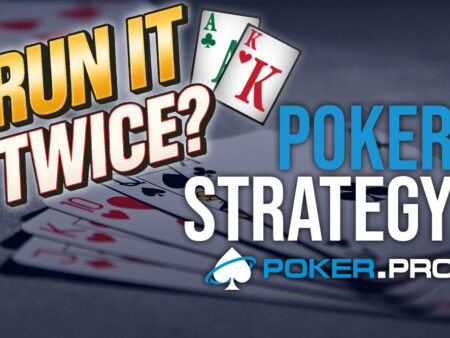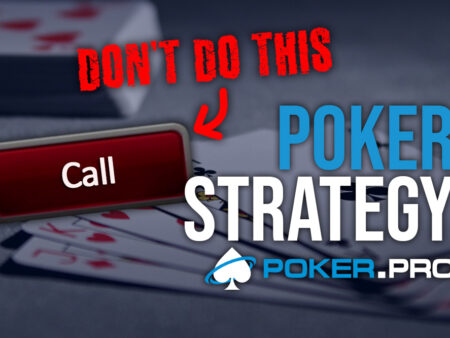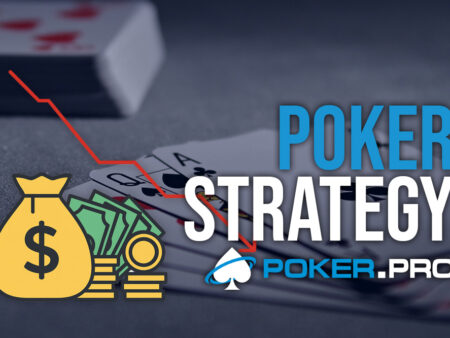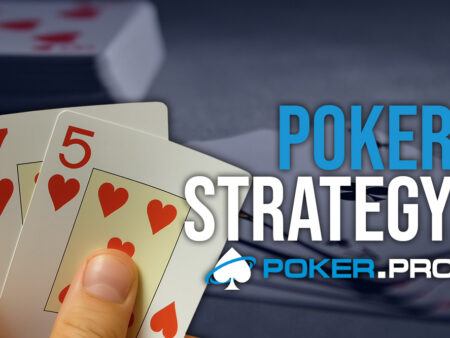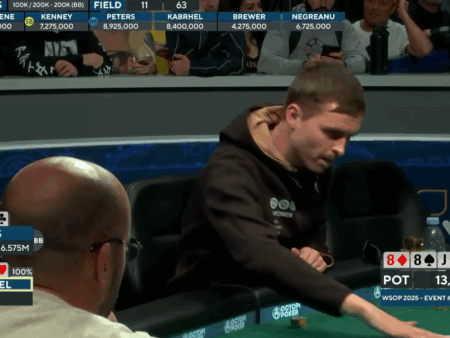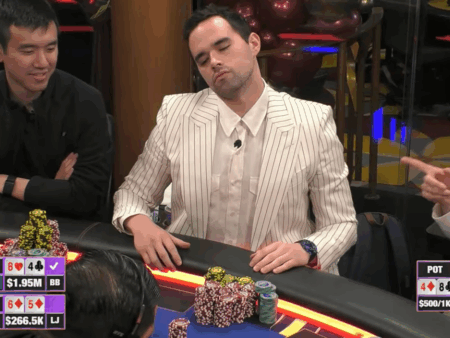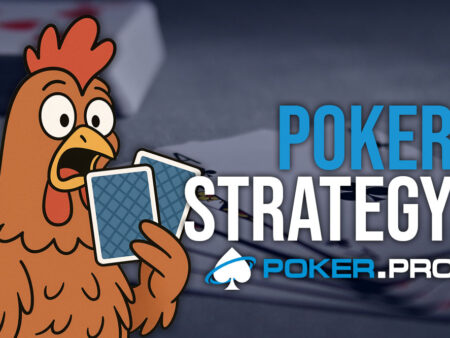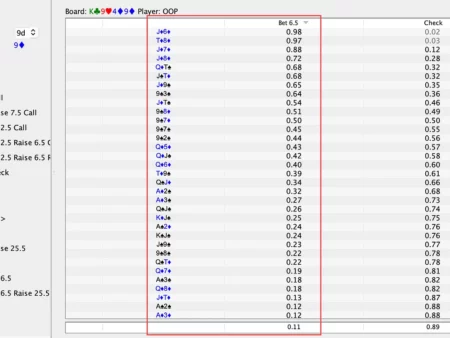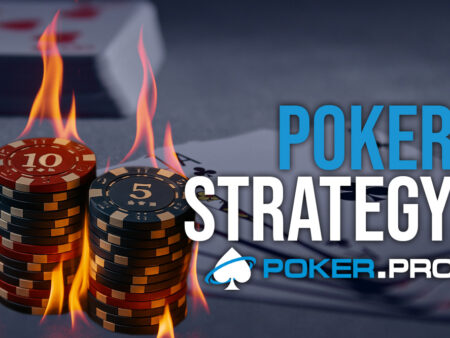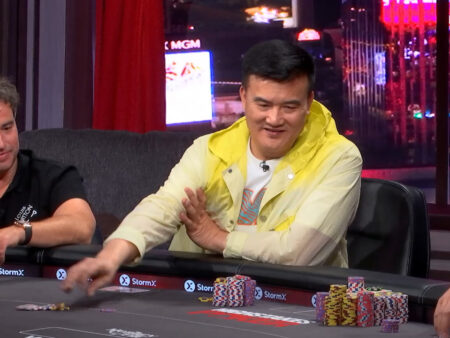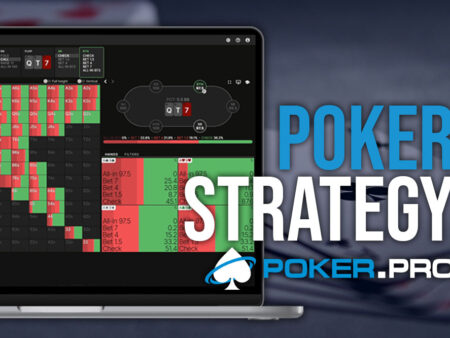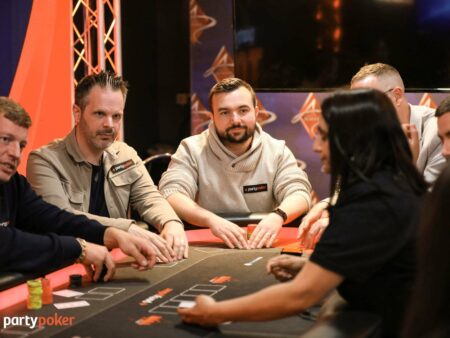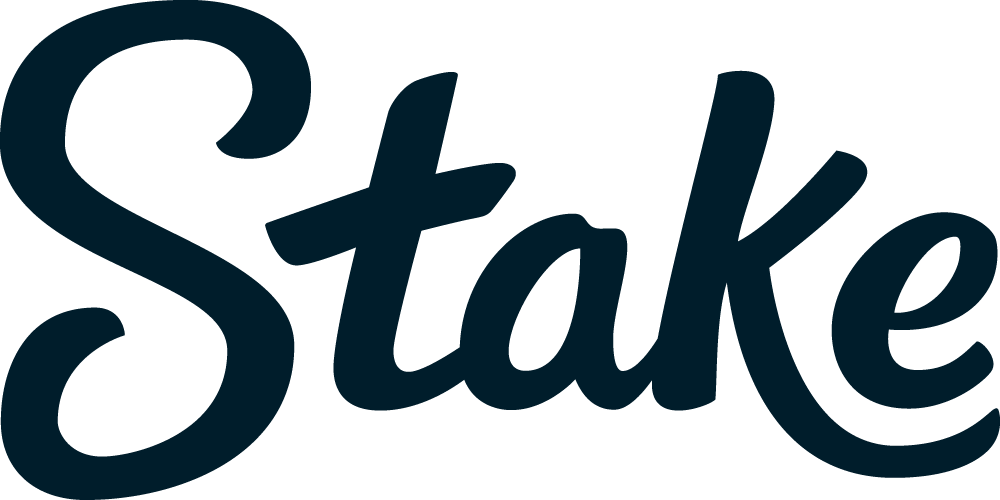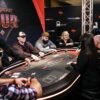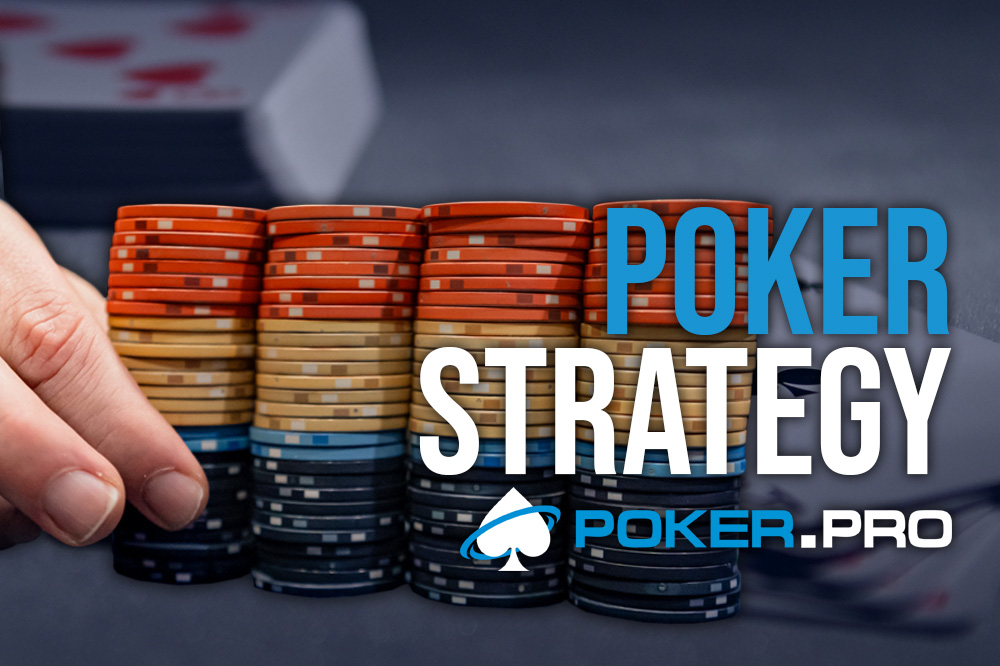
Today, when we sit at the online or live poker table, we need to observe and try to get information about the players we are playing against. Most of our opponents are going to be passive and tight, but here and there, we will find an aggressive player or even a maniac. If we think deeper about that, it would imply that most of our opponents will have the same leaks, like calling too much or not 3-betting enough, and in general, they will lack aggression.
When players lack aggression, it generally means that they don’t bluff enough, they don’t raise against bets, and they use inappropriate sizing. So, in this article, we will talk about spots where most players are not aggressive enough and are missing money by choosing passive options like calling or checking down.
- Read more: Making Money in Poker With Preflop Adjustments
- Read more: How and Why Should We Use the Weapon of 3-bet?
Not Check-Raising Enough
This is one of the most common leaks of passive players. They don’t understand their opponent’s range well enough, so they only manage to find value check-raises and miss out on plenty of bluffs. This makes their check-raising range face-up value-heavy and easily exploitable by an observant opponent.
Some of the simplest check-raising spots are the spots where our opponent has a wide range, so when we are playing from the big blind (BB), and we face a continuation bet from the cutoff (CO) or the button (BTN), we can check-raise boards where our opponent will over-c-bet with his wide range. Low flops with a single broadway will be over-c-betted, and our opponents will often fold to small check-raise.
We won’t be able to see this in solver outputs since solvers are often checking this kind of board 60+ percent of the time, but in reality, our opponents like to c-bet this kind of board, as they should since out-of-position players are not check-raising enough; therefore, c-bets make more money than checking.
Not Bluffing Enough
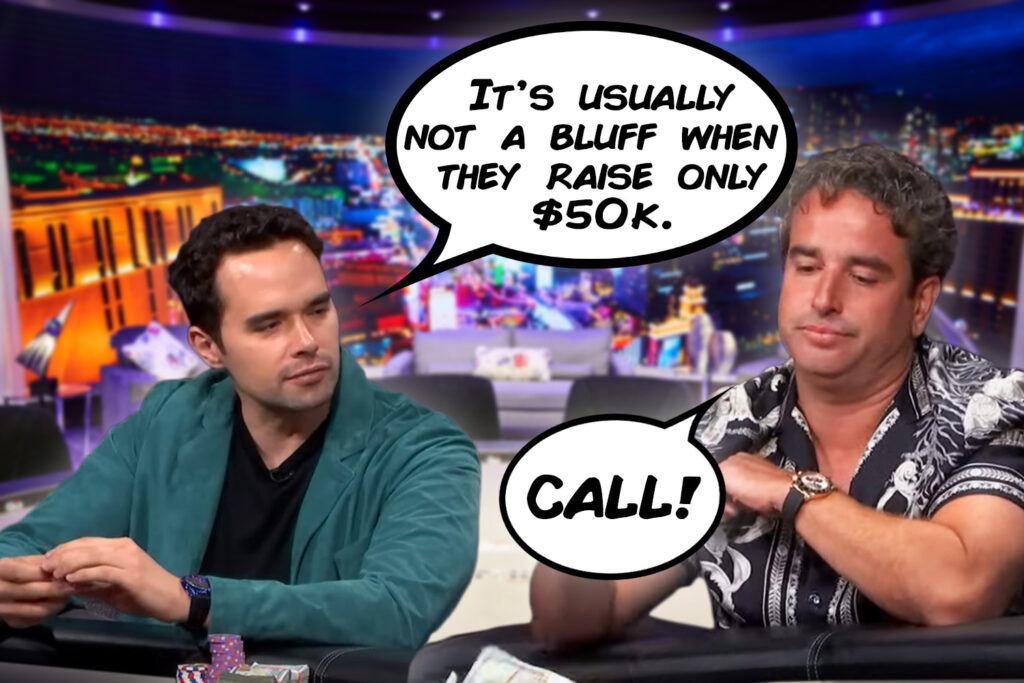
The other leak passive players have is that they won’t understand that their fifth pair often won’t have enough showdown value in reality, and they should turn some pairs into bluffs. In some situations where our opponent shows us weakness, like checking twice or three times in a row, we don’t need to think about our combo, or if we have enough showdown value, we should just use decent sizing like 75 percent or overbet to secure the fold in most cases.
When we are in big pots against opponents who have capped ranges, and the board favors us (we have a range and nut advantage), we need to be more aggressive with our gutshots, draws, and bluff-shove rivers that don’t help our opponents, especially when we have good blockers. We are unblocking their folding part of the range.
Not Value-Betting Thin Enough
Passive players will often get scared when they have a decent hand and they bet, but their opponent just calls and checks back once or multiple times. What they should think about is that players will not check rivers OOP with nuts often enough, but will lead rivers not to miss value, so if they are front-loading their betting range, it means that their checking range will be capped and weak. This means that we should go for thin river value bets.
The general rule of thumb is: If we think we will win 45 to 50 percent of the time on showdown, we need to go for value instead of checking.
In General
We want to attack and put pressure on weak (wide) and capped ranges and avoid bluff/semi-bluff raises against strong early position ranges. There are also spots where we can be aggressive against early positions, but we need to pick them more carefully. One of the spots is when we are in BB, and we see passivity from UTG or MP on low-connected boards. We can then use big sizing and attack those boards.
We also need to know that some of these exploits will not exist when we play against good players, but they are mostly targeted at average players.
